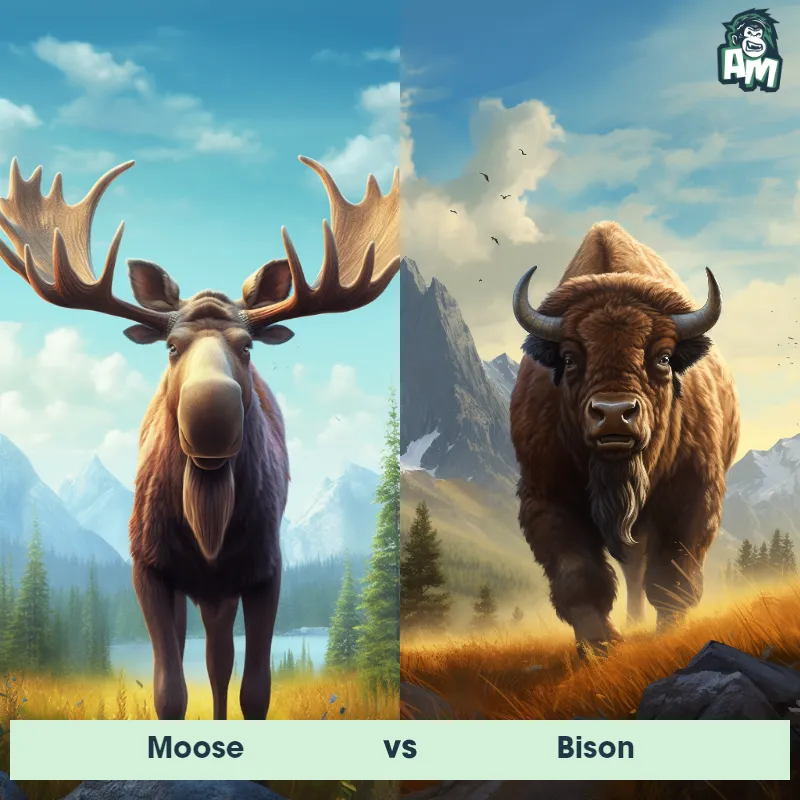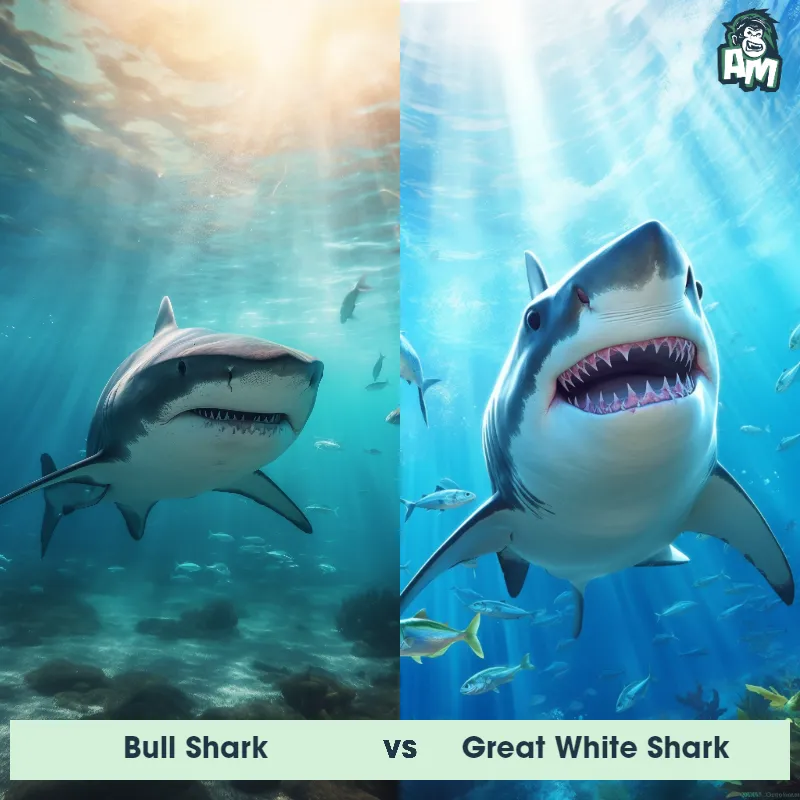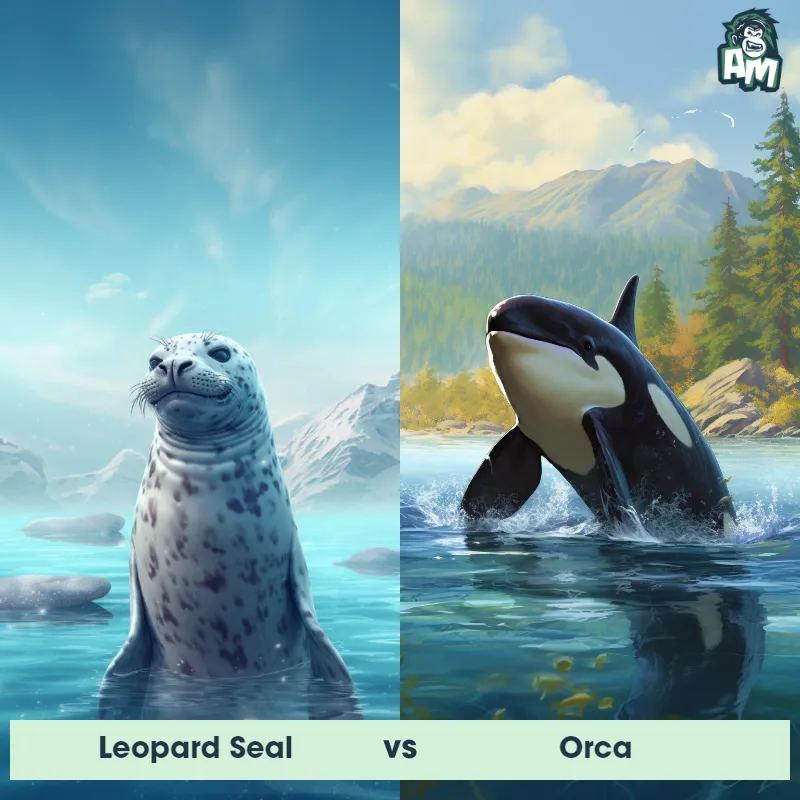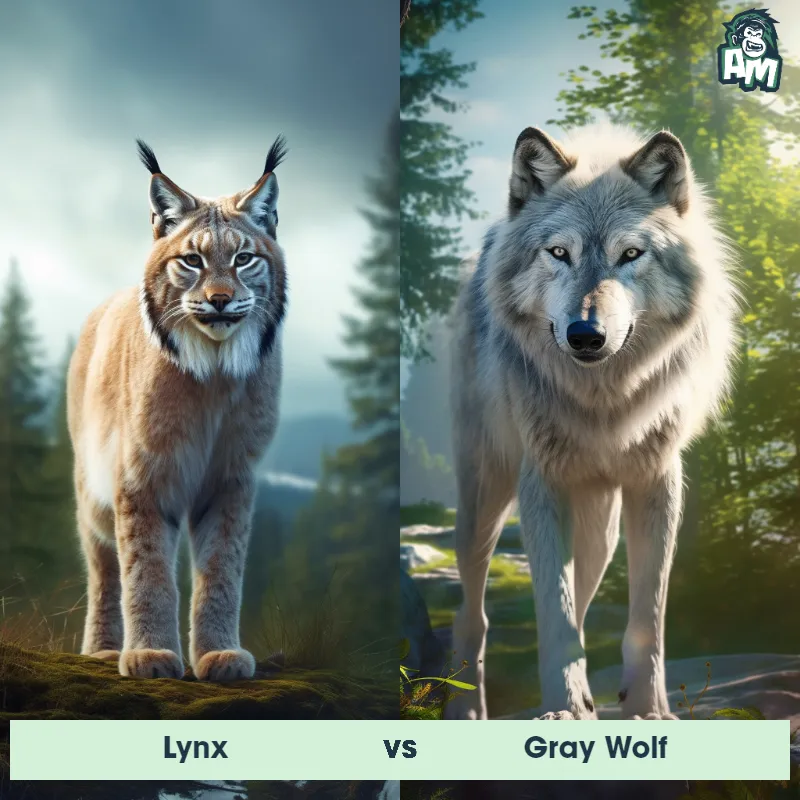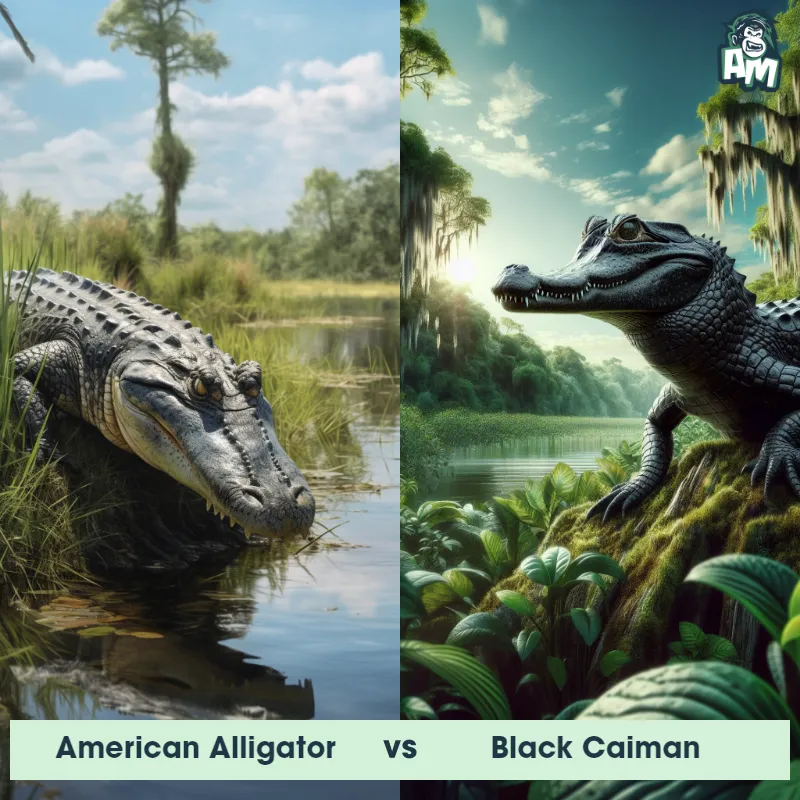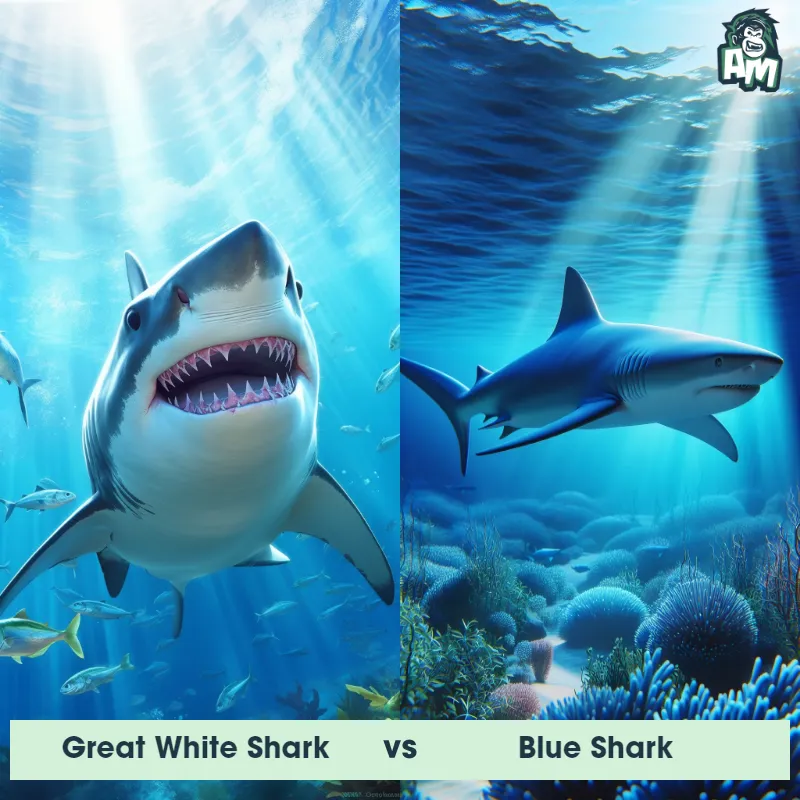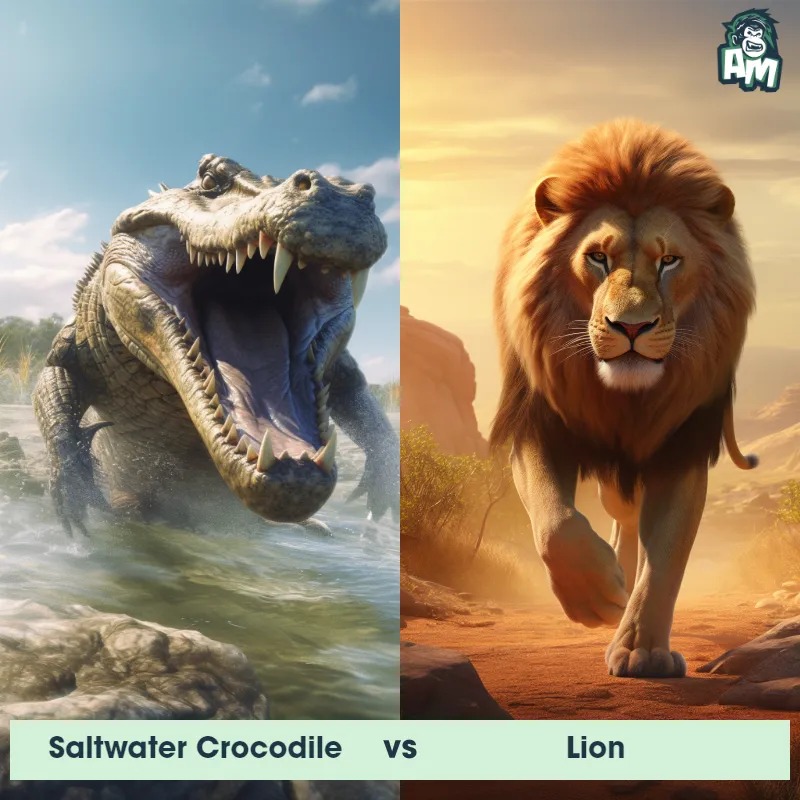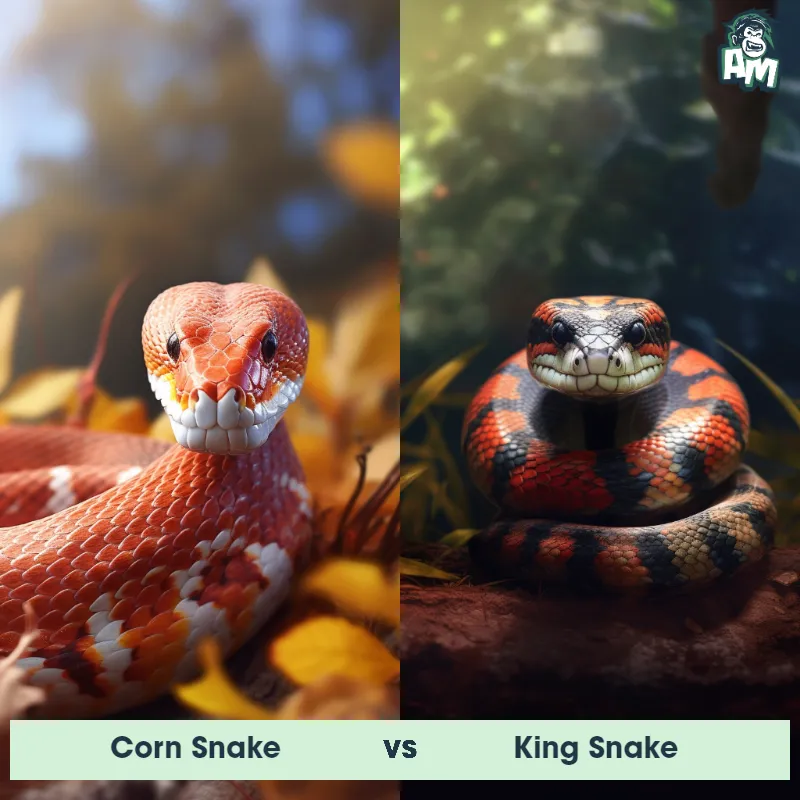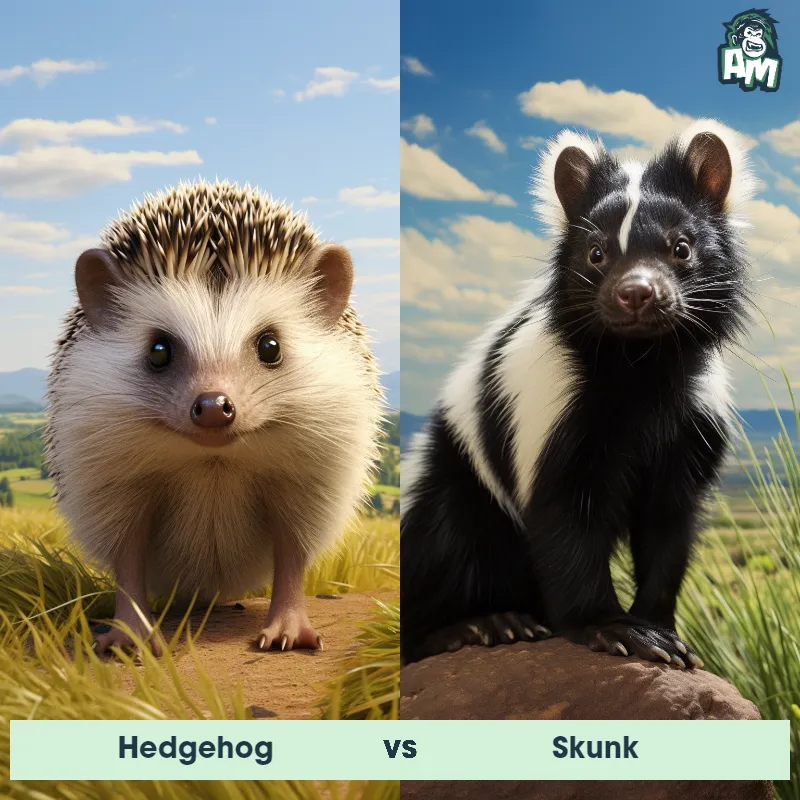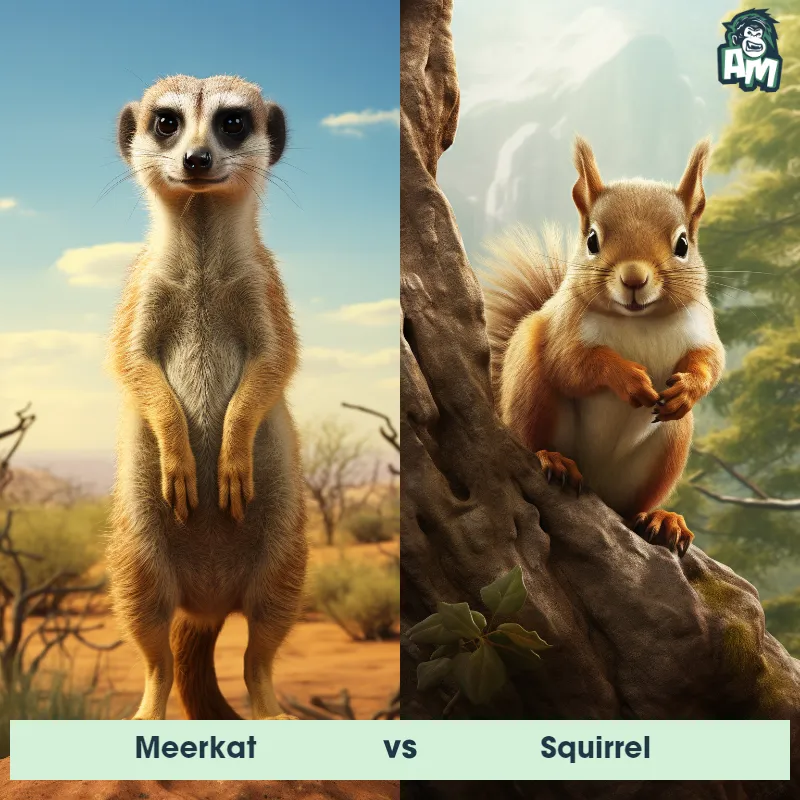Leopard vs MandrillSee Who Wins

Ladies and gentlemen, welcome to this thrilling matchup between two fierce competitors of the animal kingdom! Tonight, we have a thrilling showdown between a powerful leopard and a cunning mandrill. Both animals have stepped into the arena with confidence, and it's about to be an intense battle. Let the clash begin!
Contender 1: Leopard
The Leopard is a large and powerful carnivorous mammal that is known for its distinctive coat pattern consisting of rosette-like spots. It has a slender body, muscular limbs, and a long tail, enabling it to be agile and swift. Leopards are primarily nocturnal creatures, preferring to hunt during the cover of darkness. They are highly adaptable and can thrive in a variety of habitats, ranging from dense forests to open grasslands. With exceptional climbing skills, they are capable of dragging their prey up trees to keep it safe from other predators.
Fun Fact: Leopards are incredibly strong and possess immense agility, as they are capable of leaping horizontally up to 6 meters and vertically up to 3 meters, allowing them to ambush their prey from above with precision.
Contender 2: Mandrill
The Mandrill, scientifically known as Mandrillus sphinx, is a highly distinctive primate species native to the tropical rainforests of western-central Africa. These charismatic creatures are known for their striking appearance, with vibrant colored fur and distinctive facial features. Adult males are particularly striking, with their bright blue and red nose, pronounced brow ridges, and elongated canine teeth. They have a sturdy body structure and possess a long tail, which aids in their arboreal locomotion. Mandrills are social animals and live in large troops, consisting of one dominant male, a group of females, and their offspring. As omnivores, their diet incorporates a variety of fruits, seeds, leaves, insects, and even small vertebrates. They communicate using a combination of vocalizations, facial expressions, and body gestures.
Fun Fact: One fascinating fact about the Mandrill is that it holds the title for having the most colorful face among all primates, with a gradient of vibrant hues ranging from electric blue to purple, red, and pink.
Matchup Stats
| Leopard | Mandrill | |
|---|---|---|
| Size | 24-28 inches (60-71 cm) at the shoulder; 5-6 feet (1.5-1.8 meters) in length | Up to 3 feet (0.9 meters) in height |
| Weight | 80-160 pounds (36-73 kilograms) | Up to 77 pounds (35 kilograms) |
| Speed | 36-37mph (58-60km/h) | 20mph (32km/h) |
| Key Strength | Powerful jaw and sharp claws | Aggressive canine teeth |
| Biggest Weakness | Less endurance compared to some other big cats | None in particular |
Current Votes
Leopard vs Mandrill
See Who Wins
View More Matches
Looking For More?
Similar Matches
Scientific Stats
| Leopard | Mandrill | |
|---|---|---|
| Scientific Name | Panthera pardus | Mandrillus sphinx |
| Family | Felidae | Cercopithecidae |
| Habitat | Variety of habitats including forests, grasslands, and mountains | Tropical rainforests |
| Geography | Africa, parts of Asia | Western-central Africa |
| Diet | Carnivorous, preys on various animals including ungulates, small mammals, birds, and reptiles | Omnivorous (fruits, seeds, leaves, insects, small vertebrates) |
| Lifespan | 12 years - 17 years | 20 years - 25 years |
Key Differences between Leopard and Mandrill
- Size: The Leopard is significantly larger than the Mandrill, with an average weight of 80-165 pounds compared to the Mandrill's average weight of 55-110 pounds.
- Tail appearance: The Leopard's tail is long and slender, often measuring around two-thirds the length of its body, while the Mandrill possesses a significantly shorter and stubbier tail, measuring only a few inches long.
- Coloration: While the Leopard showcases a beautiful fur coat characterized by a brown or golden background with distinct black rosette patterns, the Mandrill possesses a unique and vibrant appearance with a blue and red muzzled face, paired with golden fur and bright blue and red rump colors.
- Body shape: The Leopard boasts a slender and agile body with a long tail, while the Mandrill has a stockier build with a short tail and muscular physique.
- Facial features: The Leopard exhibits a sleek head with distinct features such as a small, round nose, small rounded ears, and intense, forward-facing eyes. In contrast, the Mandrill has a pronounced and elongated muzzle with a protruding nose, prominent cheek pads, large nostrils, and large, colorful ridged flanges on each side of its face.
- Spot pattern: Leopards possess a unique rosette pattern on their fur, where the spots are arranged in a circular shape, forming a distinct pattern. In contrast, the Mandrill has spots that are scattered irregularly throughout its entire body, including the face, but do not form any particular pattern.



